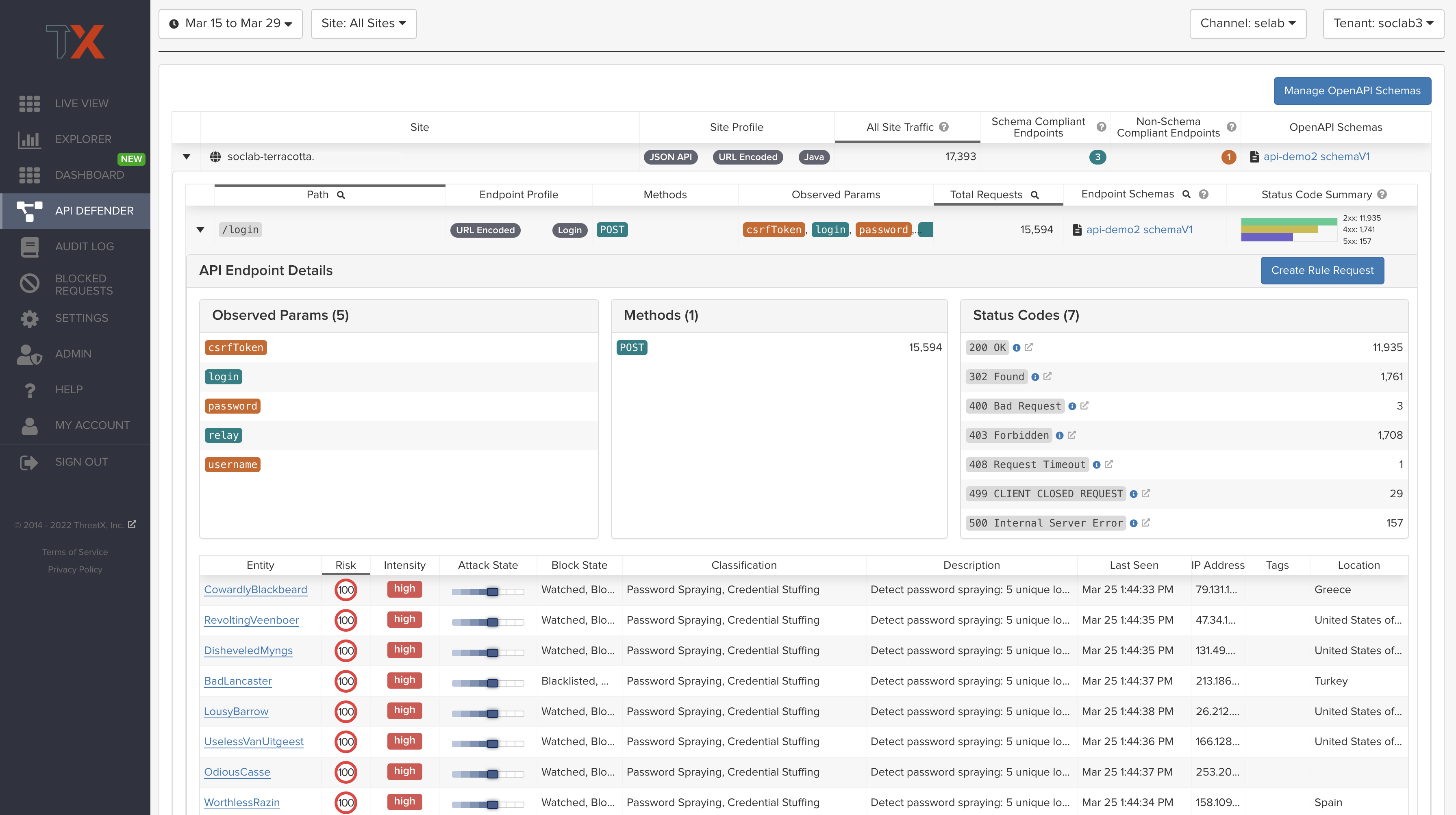ThreatX, a vendor selling API protection services to mainly enterprise clients, today announced that it raised $30 million in a Series B funding round led by Harbert Growth Partners with participation from Vistara Growth, .406 Ventures, Grotech Ventures and Access Venture Partners. With the new cash, which brings ThreatX’s total raised to $52 million, CEO Gene Fay tells TechCrunch that ThreatX will “accelerate” investments in platform development while scaling sales and marketing initiatives.
The raise highlights investors’ continued confidence in cybersecurity businesses to net returns, despite the current macroeconomic woes. While there’s some evidence that fundraising has begun to slow down, cybersecurity startups raised $2.4 billion between January and June, according to PitchBook. Companies that defend APIs from outside attack have been particularly fruitful, lately, with startups such as Ghost Security and Corsha raising tens of millions of dollars in capital.
ThreatX was co-founded in 2014 by Bret Settle and Andrius Useckas. Prior to starting ThreatX, Settle was VP of enterprise architecture at BMC; Useckas had worked with Bret at BMC, where he was an enterprise security architect. The two were also colleagues at Corporate Express, which was acquired by Staples in 2008, where Useckas came in as an external pen tester.
“Over the course of working together for several years, Settle and Andrius saw a massive gap in the market in terms of solutions to protect BMC’s application portfolio,” said Fay, who was appointed CEO of ThreatX in 2020. “The products available required endless tuning and rule-writing and returned piles of false positives. Through all of this, the notion of innovating in the space — and ThreatX — was born.”
ThreatX offers API protection, bot and DDoS mitigation and traditional web application firewalls (WAF) for first- and third-party web apps. The platform builds a profile of threat actors, leveraging a detection and correlation engine to show which actors are actively attacking and which might pose the greatest threat.

Image Credits: ThreatX
Fay sees ThreatX competing primarily with two categories of cybersecurity vendors. The first are newer API observability tools such as Salt Security and Noname. The second are bot management platforms like Cequence and WAF players such as Akamai, F5 and Imperva, which generally rely on applying rules-based protection to web apps and APIs.
Fay argues that the former group — the bot management and WAF vendors — tend to offer capabilities that came together through acquisition, so they’re less integrated. As for the latter — the API observability tools — Fay asserts that they often don’t offer web app or bot protection and require offline analysis, which precludes the ability to block attacks in real time.
“The bottom line is that to protect APIs, you must be able to block attacks in real time,” Fay said. “Grabbing data through observation and analyzing it after the fact may be interesting, but it does little from an immediate security standpoint. For our customers, the number one priority is protection — in real time, all the time. That is the value proposition we offer to our customers.”
Real-time protection or no, it’s true that API attacks are a growing cyber threat. Gartner predicts that by 2022, API attacks will become the most frequent attack vector, causing data breaches for enterprise web software.
“The COVID-19 pandemic accelerated use of APIs as companies looked at how they might provide new services to deliver value — and derive revenue — from customers,” Fay added. “As people — both as consumers and professionals — turned to technology to get more done, reliance on both APIs and web applications grew substantially. That, in turn, has increased the need for security in this context — which presents a ton of opportunity for ThreatX.
While Fay demurred when asked about financials, he said that ThreatX currently has “more than” 100 customers. He declined to name any names.
When reached for comment, Harbert Growth Partners general partner Tom Roberts said in a statement:
APIs are a strategic priority for businesses of all sizes and have become a primary target for threat actors. Organizations are now contending with constant threats and require API and web application protection capabilities that can identify and respond to attacks in real time. This need for “real-time attack protection” is driving the API security market toward an aggressive pivot. Based on ThreatX’s strong customer traction and unique product capabilities, we believe the company is well positioned to meet this shift head-on as a valuable partner to businesses looking to secure their attack surface.

